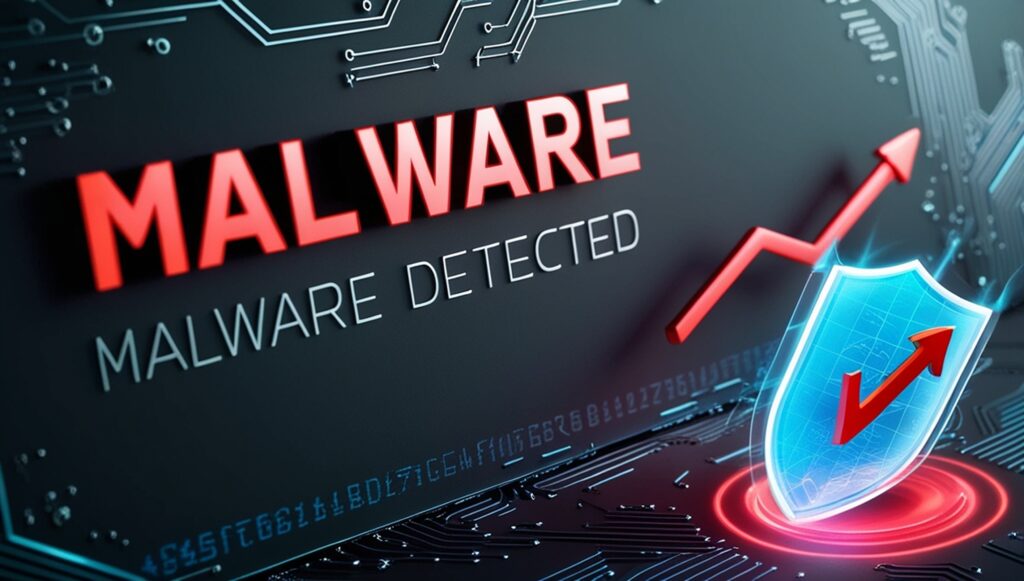In today’s digital landscape, file malware scanners play a critical role in our cybersecurity defences. With countless threats evolving each day, tools like VirusTotal and Avcheck are popular for analyzing suspicious files before they can wreak havoc. By scanning files against a massive database of known malware signatures, these tools provide a quick and easy way to assess a file’s safety. However, while malware scanners are useful, they are not without limitations; relying on them alone can give a false sense of security.
How do file malware scanners work?
Most file malware scanners operate on two primary mechanisms: hash signature matching and real-time scanning using antivirus engines. When a file is uploaded to a platform like VirusTotal, its unique hash is compared against a vast database of known malware hashes. If the file’s hash matches an entry in the database, it is flagged as malware. If not, the scanner may run the file through several antivirus engines to determine whether it contains malicious code.
However, this process only works well for known malware. Malware that has been previously identified and registered in databases can be quickly flagged. The challenge arises when dealing with new or mutated threats, which are not part of any database and may evade detection. In these cases, scanners may not recognize the file as dangerous, even though it may pose a risk.
Limitations of file malware scanners: encrypted files
One of the most significant drawbacks of file malware scanners is their inability to decrypt files. Encrypted files, whether they come in the form of .zip or other compressed formats, cannot be properly scanned. This limitation creates a potential loophole for attackers who deliberately encrypt malicious payloads to bypass scanners.
When a scanner encounters an encrypted file, it can only analyze the outer container, not the contents. This can mislead users into thinking the file is safe when, in reality, the threat lies hidden inside. Hackers often exploit this, even going as far as to present scanning results to convince users that the file is clean. As a rule, never trust a scan result from an encrypted file—decrypt it and rescan the contents before proceeding.
Reliance on known threats
While hash matching effectively identifies established malware, it has a critical flaw: it’s only useful against known threats. Cybercriminals are constantly developing new strains of malware, tweaking code to create entirely new versions or disguising old threats. These mutations often go undetected by scanners since there’s no existing signature against which to match.


This is where scanning and behavioural analysis would traditionally come into play, but most web-based file scanners don’t employ such advanced techniques. Even if they did, these methods are imperfect and can result in false positives and negatives. In some cases, harmless files are flagged as malicious because they share characteristics with known malware. For instance, a legitimate program that monitors system activity could be flagged as spyware simply because its behaviour overlaps with certain malicious software.
While platforms like VirusTotal try to mitigate this issue by allowing experts to comment on flagged files, rare or specialized software may not benefit from community input. In these cases, it’s crucial to double-check the file by verifying its checksum or consulting multiple sources. Don’t delete a potentially valuable file based solely on a single scan result without further investigation.
The balance of trust and vigilance
File malware scanners are an essential tool in maintaining digital security, but they are far from foolproof. They excel at flagging known threats and can give users a quick assessment of a file’s safety. However, their limitations, like an inability to scan encrypted files or detect cutting-edge malware, mean that you should never rely on them exclusively.
By combining the use of these scanners with good judgment, manual file checks, and proactive security habits, you can significantly reduce your risk of falling victim to malware. In cybersecurity, the best defence is a multi-layered approach; file malware scanners are just one piece of the puzzle.
Empower yourself with knowledge and stay vigilant. After all, no single tool will keep you safe, but understanding how to use each tool effectively can.

